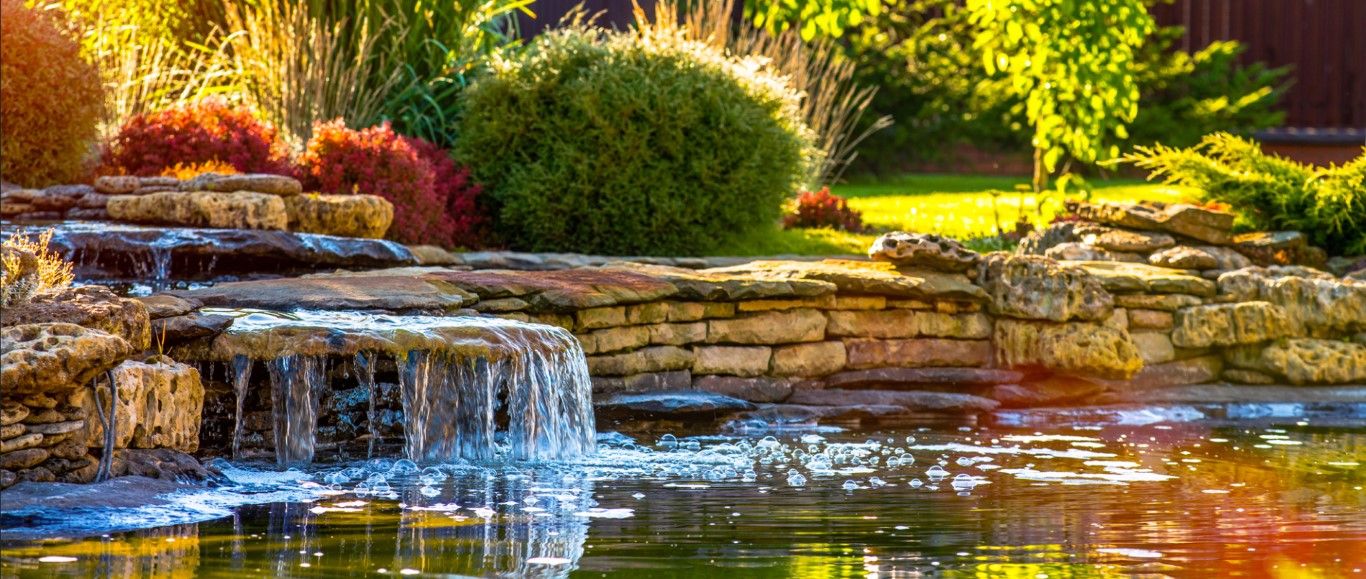How to: Winter Plant Care
How to: Winter Plant Care
As we head into the winter months, it’s common for pond plants like water lilies and lotuses to begin showing signs of dormancy. You may notice reduced flowering, leaf fall, and diminished regrowth. The winter care required for water lilies, marginal plants, and submerged plants varies depending on whether they are tropical (preferring temperatures above your hardiness zone) or hardy (suited to your hardiness zone or colder). Different plants will need tailored support to ensure they emerge from winter healthy and vibrant. Here are the key considerations for your water lilies and lotuses as winter approaches:
Lotuses
The first signs that your lotus is preparing for winter typically appear from late autumn to early winter. Lotus plants typically stop blooming at the end of summer, the leaves start to dry and turn brown, making the plant appear dead. However, don't be alarmed—lotuses are perennials that actively grow and flower from spring through autumn before entering dormancy in winter.
While lotuses thrive in warmer climates, they can be grown throughout New Zealand, though they may struggle in the coldest regions. In milder winter climates, lotuses can remain in your pond:
- Allow the leaves to wither and brown before trimming the stems above the water line.
- It’s crucial to wait until the stems and leaves have fully dried before cutting to ensure all energy has been transferred back to the tubers, helping them survive the winter.
- Avoid cutting any leaves or stems below the water line as water could seep down the stems and cause rot in the tubers.
In colder regions, consider submerging the lotus deeper in the pond to protect the tubers from freezing. Remember, lotuses are slow to exit dormancy, often not flowering until November, although this can vary with New Zealand's unpredictable climate. During their dormant period:
- Do not fertilise as this could shock the plant.
- Spring, particularly August or September, is the ideal time for annual repotting, providing fresh nutrients for vibrant summer blooms.
Water Lilies
Both hardy and tropical water lilies in New Zealand enter a period of dormancy over winter. Generally, water lilies require minimal preparation for the cold:
- Prune dead leaves, spent flowers, and stems down to a few centimetres above the crown and remove them from the pond. Do not disturb any submerged developing leaves or flowers.
- Hardy water lilies, which can withstand light frosts, do not usually need protection during winter and should not be moved to heated indoor ponds as the cold water triggers their dormancy.
- If your area experiences heavy frost or your pond might freeze, lower your hardy water lily pots to a deeper part of the pond where the water remains slightly warmer.
Tropical water lilies, although capable of growing in cooler areas, also require protection from freezing:
- In very cold climates, remove tropical lilies from the pond and store them in water indoors, or cover them with protective materials during severe frosts.
- Despite their resilience, many gardeners in New Zealand treat tropical water lilies as annuals, replacing them each spring instead of overwintering them.
Winter care tips for tropical water lilies include fertilising during the winter months unless they are clearly dormant, but avoid fertilising hardy varieties as they could go into shock.
Hardy Plants
Hardy marginal plants can generally overwinter in your pond in New Zealand. They can also be submerged to deeper levels (ideally 60cm or deeper) to endure the winter, but avoid allowing them to freeze solid or be covered in ice, as this will likely kill them before spring.
- Remove any dead foliage and trim back living foliage closer to the water level, leaving about 30cm above the plant crown.
- Submerged (oxygenating) plants should be trimmed and left at the bottom of your pond in at least 45 cm of water, requiring little winter care.
- Avoid fertilising both marginal and submerged hardy plants during winter as their growth slows significantly, and excess nutrients could harm the plants and promote algae growth.
If you enjoyed this guide, you may also enjoy:


